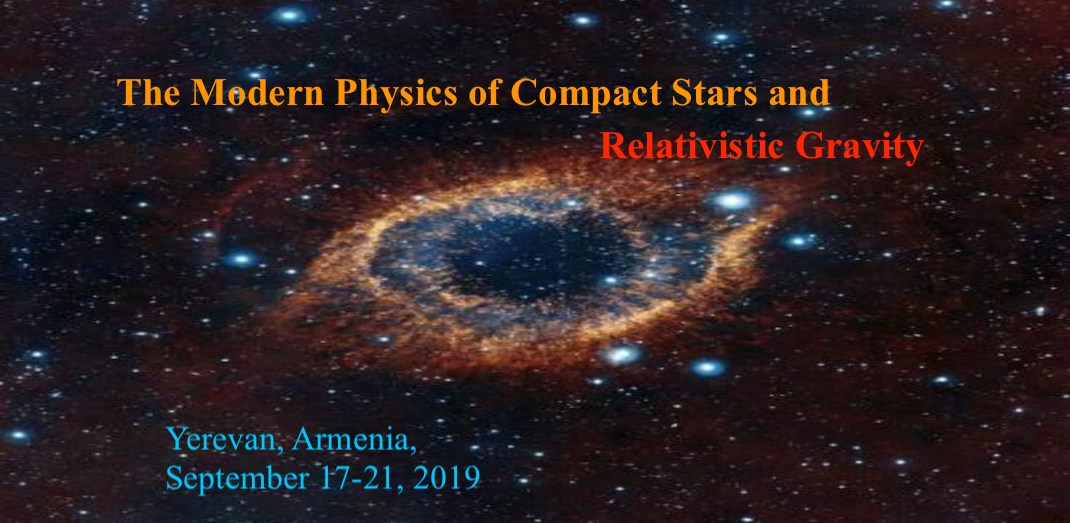Speaker
Description
A class of hybrid compact star equations of state is investigated that joins by a Maxwell construction a low-density phase of hadronic matter, modeled by a relativistic meanfield approach with excluded nucleon volume, with a high-density phase of color superconducting two-flavor quark matter, described within a nonlocal covariant chiral quark model. We find the conditions on the vector meson coupling in the quark model under which a stable branch of hybrid compact stars occurs in the cases with and without diquark condensation. We show that these hybrid stars do not form a third family disconnected from the second family of ordinary neutron stars unless additional (de)confining effects are introduced with a density-dependent bag pressure. A suitably chosen density dependence of the vector meson coupling assures that at the same time the 2 M⊙ maximum mass constraint is fulfilled on the hybrid star branch. A twofold interpolation method is realized which implements both, the density dependence of a confining bag pressure at the onset of the hadron-to-quark matter transition as well as the stiffening of quark matter at higher densities by a density-dependent vector meson coupling. For three parametrizations of this class of hybrid equation of state the properties of corresponding compact star sequences are presented, including mass twins of neutron and hybrid stars at 2.00, 1.39 and 1.20 M⊙, respectively. The sensitivity of the hybrid equation of state and the corresponding compact star sequences to variations of the interpolation parameters at the 10% level is investigated and it is found that the feature of third family solutions for compact stars is robust against such a variation. This advanced description of hybrid star matter allows to interpret GW170817 as a merger not only of two neutron stars but also of a neutron star with a hybrid star or of two hybrid stars.




